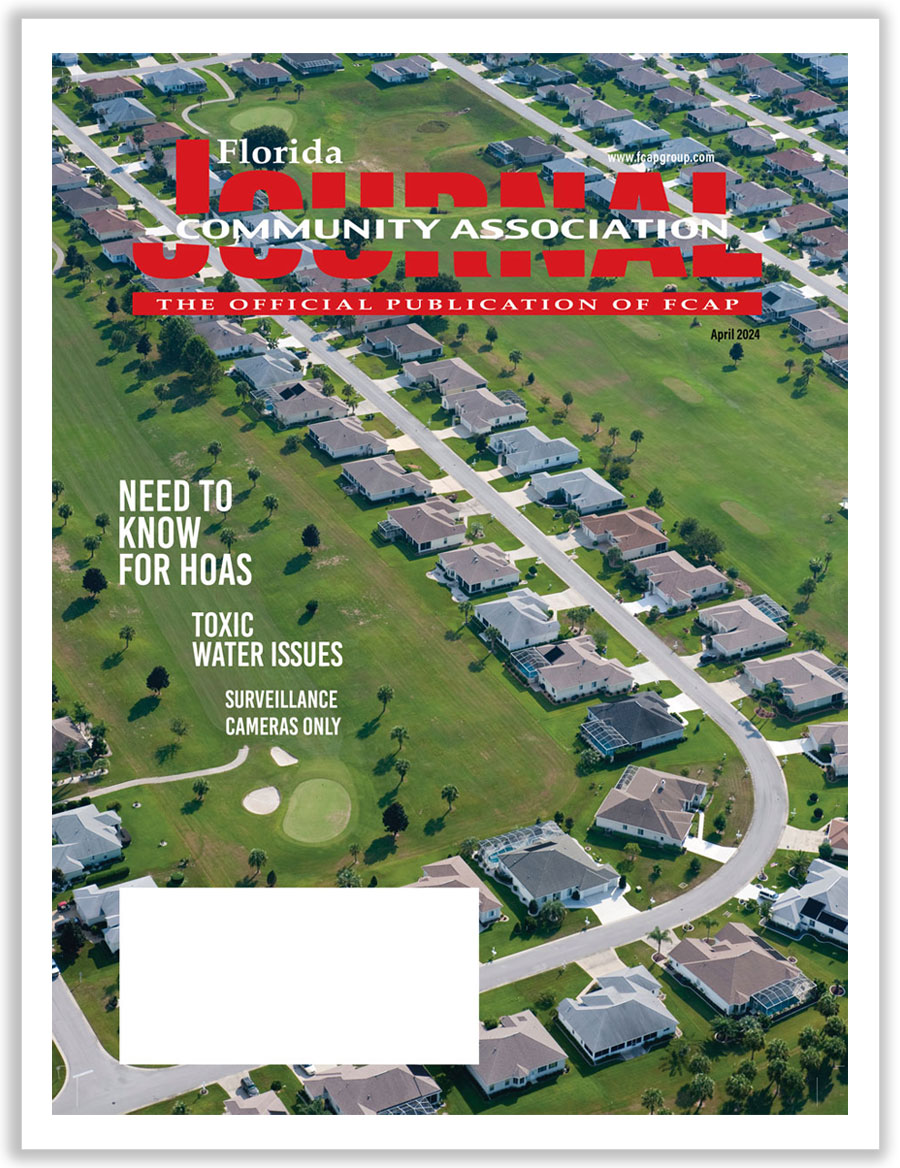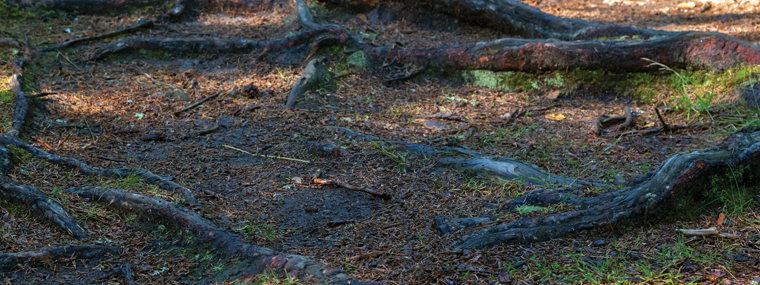
When Are You Liable for Negligent Maintenance for Landscaping?
By Michael J. Gelfand, Esq. / Published October 2016
The growing importance of landscaping liability was recently examined by two Florida appellate courts. As developed properties squeeze closer together and communities and owners plant more items, the number of those injured as a result of negligently maintained landscaping is seemingly skyrocketing.
The decisions from these two courts are important for Florida associations because one of the primary functions of associations is to maintain the common areas and common elements, and common to both cases were allegations that injuries resulted from the failure to maintain landscaping areas, which created dangerous conditions. Further, the decision remanded that in addition to maintaining the landscape, there is a duty to warn of dangerous areas.
In the first case, a Florida appellate court ruled that a dangerous condition may have existed where a customer tripped and fell over a piece of steel rebar in a landscaped area, which separa-ted parking spots located near a Family Dollar Store. The facts in Grimes v. Family Dollar Stores of Florida, 41 Fla. L. Weekly D 1089 (Fla. 3rd DCA, May 4, 2016), indicate that while walking to the store, Grimes walked across the landscaped area and tripped and fell over the rebar, which was protruding out of the ground and not tied to any tree.
Allegedly suffering a knee injury, Grimes sued three parties—the Family Dollar store, the landowner, and the long-term lessee of the property—for negligence. Grimes alleged that the defendants breached their duty by allowing the rebar to protrude from the ground in a concealed and dangerous condition. Although the parking lot contained paved pedestrian walkways as well as landscaped areas containing grass, dirt, trees, and rebar tree tie-downs, Grimes claimed that the landscaped area in which she fell was a well-worn path used by business invitees, which included customers, as a short cut to the Family Dollar store. The trial court granted final judgment for all three defendants.
The Florida appellate court reversed the judgment as to the landowner and lessee. The court noted that a property owner or lessee owes a duty to an invitee to use reasonable care in maintaining the property in a reasonably safe condition as well as a duty to warn of any concealed dangers, which are unknown to the invitee but should be known to the owner or lessee. The court pointed out that the landscaped area had become a well-trampled dirt footpath used by customers of the Family Dollar store, and apparently a garbage can was placed by the path!
The court stated: If the parties responsible for maintaining the parking lot and landscaped features allowed this particular landscaped area to become a regularly used footpath in the parking lot they controlled, they then may have a duty to anticipate the harm, whether or not the artificial rebar hazard within that location was open and obvious.
The court concluded that it was up to the jury to decide whether the property owner and lessee had sufficient knowledge of the footpath used by customers of the Family Dollar store.
In the second landscaping case, a 12-year old boy was injured when he was hit by a truck after he entered an intersection while riding a motorized skateboard. In Piedra v. City of North Bay Village, 41 Fla. L. Weekly D 1087 (Fla. 3rd DCA, May 4, 2016), the boy’s father sued the city, the landscaping maintenance company hired by the city, and the property owner. The plaintiff alleged that the defendants failed to maintain the landscaping on the corner of the intersection, causing an obstructed view of motorists in the intersection.
On the corner of the intersection between the two streets was “bulb-out” into the street, which the city of North Bay Village’s planted. The adjacent property owner’s hedges also were at the intersection. The plaintiff alleged that the landscaping on the corner of the intersection was negligently maintained, blocking motorist views. The trial court disagreed and granted final judgment for all three defendants.
The Florida appellate court, as in the previous case, reversed the judgment for the defendants. The court also concluded that questions remained as to whether the hedges were in violation of the city ordinance regarding vegetation height limitations and distances from the right-of-way; whether the landscaping exceeded the property boundaries; and whether the landscaping obscured the view of approaching motorists. As a result, the case would have to proceed to trial.
The crucial message for Florida community associations is that they must ensure that the landscaping on association property is properly maintained. This is especially important for the entryways of community associations. Knowing the boundaries of your property and conducting regular inspections are two easy steps to avoid the landscaping blocking the view of either motorists, bicyclists, or those who are just walking on the sidewalks!
Michael J. Gelfand, Esq.
Senior partner of Gelfand & ARPE, P.A.
Michael J. Gelfand, the Senior Partner of Gelfand & Arpe, P.A., emphasizes a community association law practice, counseling associations and owners how to set legitimate goals and effectively achieve those goals. Gelfand is a Florida Bar Board-Certified Real Estate Lawyer, Certified Circuit and County Civil Court Mediator, Homeowners Association Mediator, an Arbitrator, and Parliamentarian. He is the Chair of the Real Property Division of the Florida Bar’s Real Property, Probate, & Trust Law Section, and a Fellow of the American College of Real Estate Lawyers. Contact him at michael@flcaj.com or (561) 655-6224.





